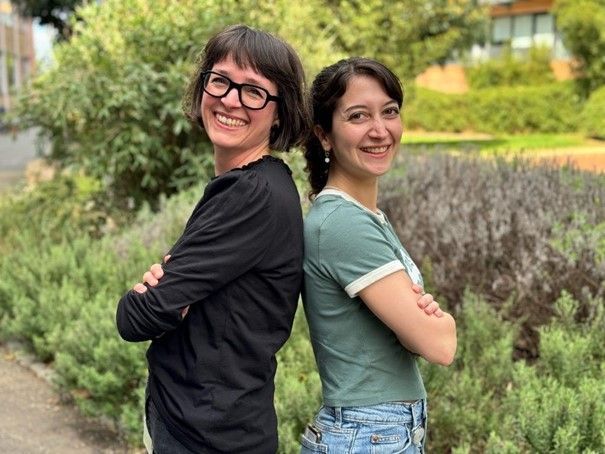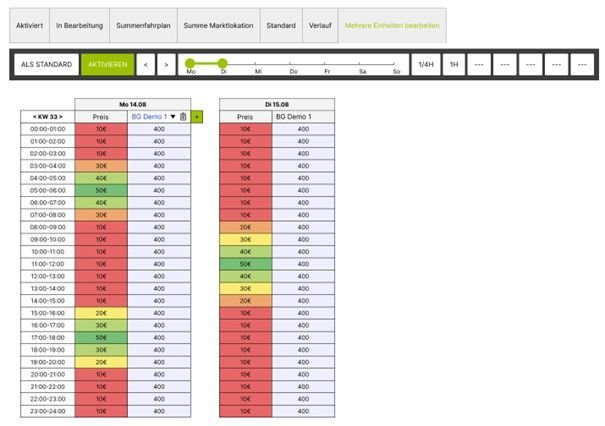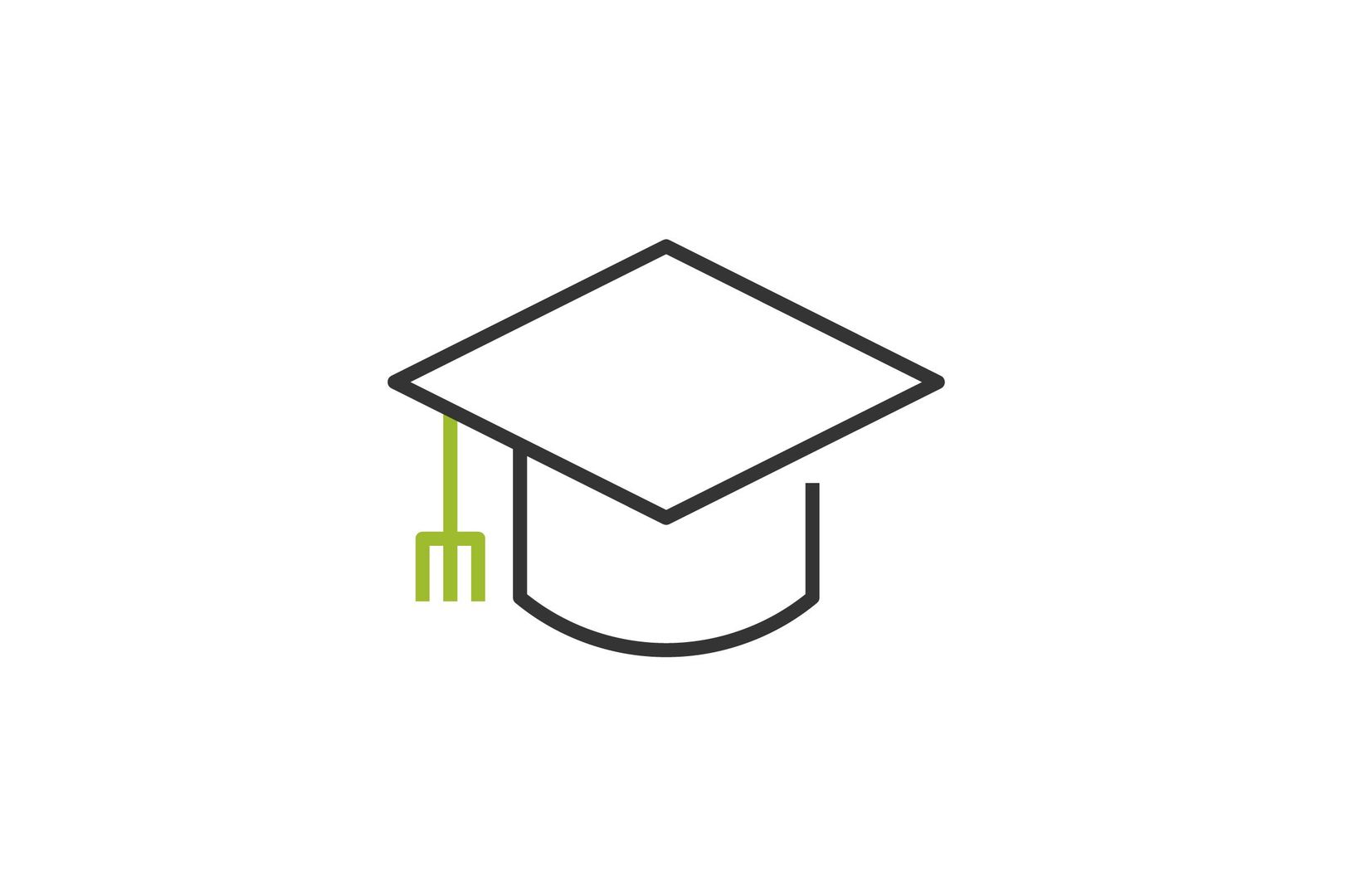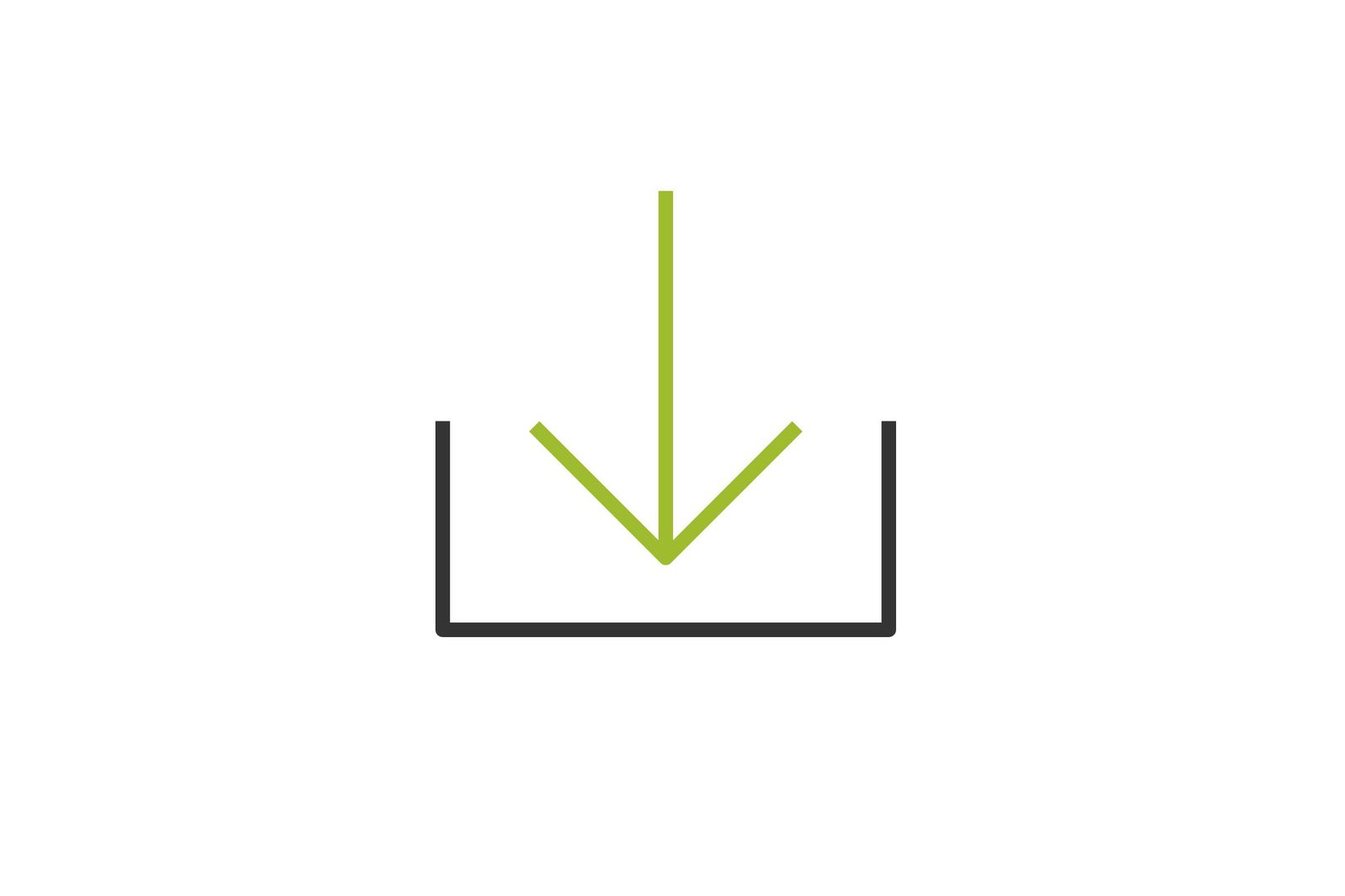Agile working in the virtual power plant
Negar Shariat und Lydia Lerche, two of our software developers, give us an insight into their working methods in the development of our customer platform MEIK.

The operation of a virtual power plant (VPP), in which thousands of decentralised plants have to be controlled and coordinated, is largely based on digital solutions including innovative software programming. The tasks involved at Next Kraftwerke range from data analysis and automated trading to an intuitive customer portal to ensure efficiency, reliability and flexibility of the virtual power plant. The contribution of female developers is becoming increasingly important here. Even though the energy industry and the tech sector are still male dominated, the number of female developers is growing steadily. At Next we have 19 per cent women in our tech teams. Today, two of them, Lydia and Negar, give us an insight into their working methods.
Jennifer Ziller: Hello Negar and Lydia, your job is to update Mein Kraftwerk (MEIK), our customer portal that system operators use to manage their systems within our VPP, and to add new features as required. Can you give us an insight into what you do and how you work?
Lydia Lerche: We deal with front-end development and user experience. This means everything that happens in the browser and that users can use interactively. Our goal as front-end developers is to make the user experience as positive as possible so that users enjoy working with our tools, such as the Mein Kraftwerk (MEIK) customer portal. The main focus of our work is on MEIK, its further development, troubleshooting and support. The customer portal is an application that uses the latest frameworks in the frontend and backend. Business and display logic are thus separated from each other. Thus the display components can be reused in other places and the website can be further developed efficiently.
We integrate modern approaches such as Lean UX and Design Thinking into our work. These approaches enable high customer-centred product development.
Jennifer Ziller: How are you approaching the integration of new features?
Lydia Lerche: Well, we have recently integrated a new feature into MEIK, a new function for parallel schedule editing of several systems. We started with customer interview. In total, Negar and I asked four power users who use MEIK very actively, on a daily basis, about their habits in order to understand their needs. Using a question guide, we gained a good qualitative insight into their working methods. We clustered the findings and transferred the main aspects to a Miro board. For example, we gained interesting insights into customers´ daily routines and the devices they use to access MEIK.
Negar Shariat: We were previously aware that several systems should be processed with one timetable. It was only through interviews that we found out that customers sometimes use screenshots to transfer the values for several systems side by side!
Lydia Lerche: This gave us a good understanding of the customer´s actual problems. Working alone and as a team, we compiled and filtered ideas. One of our most important premises was the appearance and functionalities should remain as the customers know them. As part of a “Design Studios” (UX workshop to find ideas and designs using a combination of divergent and convergent thinking), w all worked on solutions as a team, sometimes with handwritten sketches. We then summarised these step by step into an applicable and joint solution.
Negar Shariat: We then created a wireframe, to say a kind of simplified draft of the website or application, which we testes on our customers. The customers had a clear task and the option to click through with a split screen. This allowed us to observe whether they were able to implement the task intuitively, without our help, using the new function.

After the release of the feature, we gathered feedback on whether our expectations matched theirs. We made sure that they only had the task of adjusting the values of a timetable for several systems at the same time in order to observe how they intuitively cope with the new timetable.
Jennifer Ziller: How did the customers react to the enquiries?
Negar Shariat: Our power users were very open and were pleased that we got in touch with them. They were happy to help. We were actually most pleased about this openness. Because we sensed that the customers need MEIK for their goals and are grateful that we are responding to their needs. It's also nice for us to actually make a difference.
More on the topic
Jennifer: Finally, I would like to know what you both particularly like about your work at Next?
Lydia Lerche: I used to work as a front-end developer in agencies. There we quickly built something fancy, but it only had a short lifespan. Here, we are working on a large product for the long term, which we are constantly scrutinising and improving. The product is not only useful, but also sustainably useful. I also like the respectful way we work together at Next. We work as equals, we are listened to and can influence things. I also really like the flexible part-time models. Next Kraftwerke offers a wide range of options here, so that working hours can be adapted to current life circumstances.
Negar Shariat: I particularly like the cool and friendly working atmosphere. At Next, you can be relaxed and be yourself. We have fun as a team. In addition, the meaningfulness of my work, i.e. the knowledge that I am working for the energy transition, is very important to me.
And finally, in terms of the technical aspect, I like the opportunities for individual development. We try out new methods and take part in conferences and workshops. By being able to continuously train ourselves, we are working at the cutting edge of technology.
Jennifer Ziller: Thank you both for the exciting insights.
Note: Next Kraftwerke assumes no liability for the completeness, accuracy and timeliness of the information. This article is for information purposes only and does not replace individual legal advice.
More information and services


